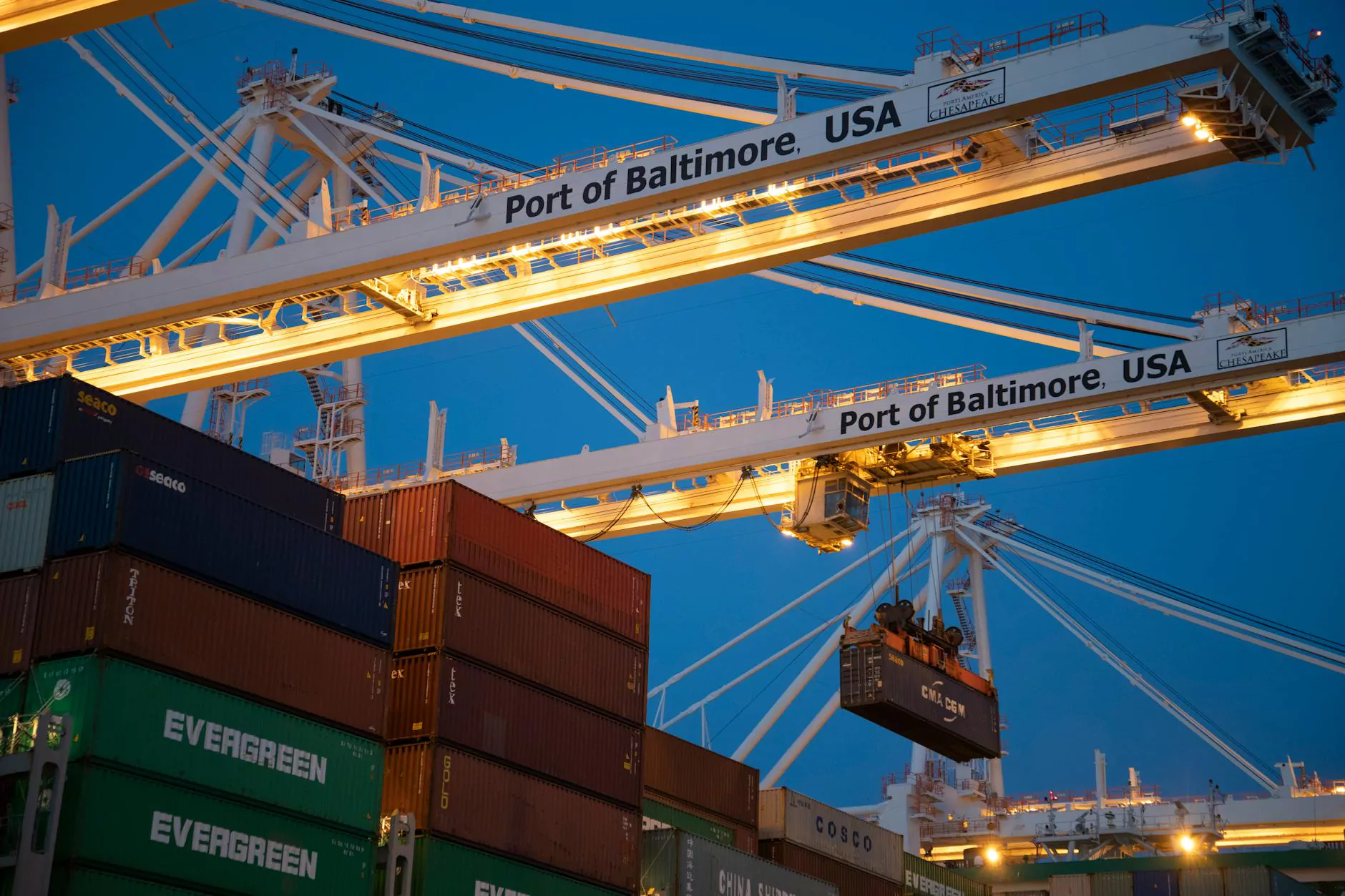Understanding Air Freight Costs Per Kilo

The world of international shipping is vastly complex, and one of the most crucial elements that businesses need to grasp is air freight costs per kilo. In this comprehensive article, we will delve into what constitutes air freight pricing, how variables influence costs, and essential strategies to manage and minimize these expenses effectively.
What Influences Air Freight Costs?
Several factors contribute to determining air freight costs, and understanding these can help businesses negotiate better terms and optimize their logistics strategies.
1. Weight and Volume
The first apparent factor is the weight of the cargo. Air freight costs are commonly calculated based on either the actual weight or the volumetric weight (dimensional weight), whichever is greater. This means that:
- Actual Weight: This is the weight of the shipment as measured by a scale.
- Volumetric Weight: Calculated using the formula: Length x Width x Height (in cm) ÷ 5000. This approach ensures that shippers are charged for the space their goods occupy in the cargo hold, especially for lightweight but bulky items.
2. Distance and Destination
Another crucial factor is the shipping distance and the destination airport. Air freight cost structures typically vary based on the logistics of flying goods to remote locations versus well-connected hubs. Shipping to urban areas or major international airports is generally more economical than sending goods to less accessible regions.
3. Nature of the Goods
The type of cargo also plays a significant role in pricing. Perishable goods, hazardous materials, or high-value items often incur extra charges due to the specialized handling and care they require. For instance:
- Perishable goods: Require temperature control and expedited handling.
- Hazardous materials: Need compliance with strict regulations and safety protocols.
- High-value items: May require additional insurance and secure transport measures.
Understanding the Pricing Structure
To effectively manage air freight costs per kilo, one must understand the different components of the pricing structure involved in air freight services.
1. Fuel Surcharges
Fuel prices are volatile, and airlines frequently adjust their rates to reflect these fluctuations. Fuel surcharges can be significant and may add a considerable amount to the overall shipping cost. Being aware of these charges can help businesses factor them into their budgeting.
2. Terminal Handling Charges (THC)
These are fees charged at the airport for loading and unloading cargo from the aircraft. Depending on the airport and the handling services required, these charges can vary drastically.
3. Customs Fees and Duties
Another significant aspect is the customs fees and import duties imposed by countries. These fees can impact the total cost of air freight shipping significantly, especially for international shipments.
Analyzing Cost-Effectiveness in Air Freight
As businesses strive for efficiency, understanding air freight costs per kilo is essential for making informed decisions that impact bottom lines. Here are some practical strategies that can aid in analyzing the cost-effectiveness of air freight.
1. Compare Different Air Freight Carriers
Not all airlines charge the same rates. Conducting a thorough comparison of air freight carriers can lead to substantial savings. Factors to consider include:
- Transit times
- Pricing structures
- Additional services offered, such as tracking and insurance
2. Consolidate Shipments
Consolidation involves grouping smaller shipments into a larger one to benefit from bulk pricing. This method can greatly reduce the costs per kilo as airlines often offer lower rates for consolidated shipping.
3. Choose the Right Shipping Schedule
Being flexible with shipping schedules can also reduce costs. Consider the following:
- Midweek flights may offer lower rates compared to weekend shipments.
- Booking flights in advance often results in more favorable pricing.
Future Trends in Air Freight Costs
As we look toward the future, several trends could impact air freight costs significantly. These include advancements in technology, regulatory changes, and shifts in global trade patterns.
1. Technological Innovations
New technologies, such as automated handling systems and booking platforms, are streamlining operations, potentially lowering costs. Additionally, more precise data analytics allow for better demand forecasting and pricing models.
2. Regulatory Changes
As international regulations evolve, businesses must stay informed about potential cost implications. Stricter regulations on environmental standards, for example, may lead to increased operational costs for airlines, which can be passed onto shippers.
3. E-commerce Growth
The expansion of e-commerce has dramatically influenced air freight demand. Online ordering trends create increased shipping volume, potentially leading to more competitive pricing structures as e-commerce firms negotiate better rates.
Conclusion
In conclusion, understanding air freight costs per kilo is vital for businesses aiming to optimize their supply chain. Factors such as weight, volume, distance, cargo nature, and external charges all contribute to the final price of air freight services. By analyzing these elements and employing effective management strategies, companies can achieve significant cost savings while delivering timely and efficient services to their customers.
As your business navigates the air freight landscape, remember that staying informed and adaptable is key to maintaining a competitive edge. Explore the various resources available, like cargobooking.aero, which can offer insights and support in optimizing shipping strategies.









